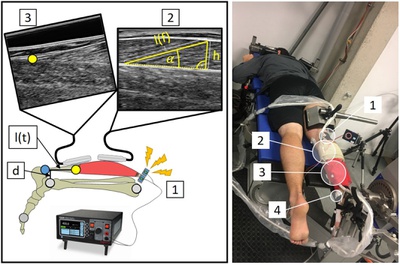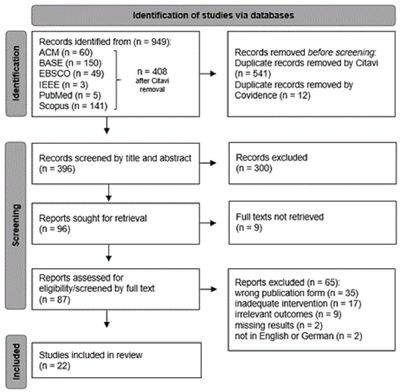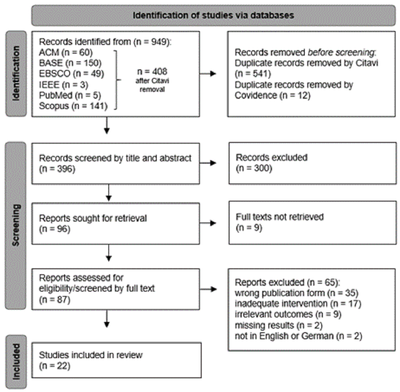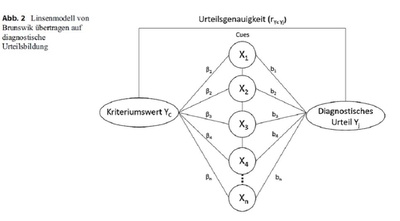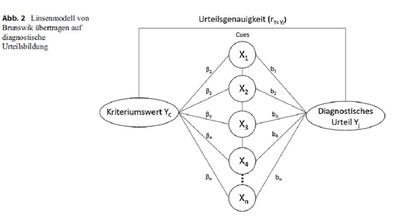
Tendon compliance and preload must be considered when determining the in vivo force–velocity relationship from the torque–angular velocity relation
26 April 2023
Holzer, D., Millard, M., Hahn, D., Siebert, T., Schwirtz, A. and Seiberl, W. (2023). Tendon compliance and preload must be considered when determining the in vivo force–velocity relationship from the torque–angular velocity relation. Scientific Reports 13, 6588. https://doi.org/10.1038/s41598-023-33643-9
Abstract:
In vivo, the force–velocity relation (F–v–r) is typically derived from the torque–angular velocity relation (T–ω–r), which is subject to two factors that may influence resulting measurements: tendon compliance and preload prior to contraction. The in vivo plantar flexors’ T–ω–r was determined during preloaded maximum voluntary shortening contractions at 0–200°/s. Additionally, we used a two factor block simulation study design to independently analyze the effects of preload and tendon compliance on the resulting T–ω–r. Therefore, we replicated the in vivo experiment using a Hill-type muscle model of the gastrocnemius medialis. The simulation results matched a key pattern observed in our recorded in vivo experimental data: during preloaded contractions, torque output of the muscle was increased when compared with non-preloaded contractions from literature. This effect increased with increasing contraction velocity and can be explained by a rapidly recoiling tendon, allowing the contractile element to contract more slowly, thus developing higher forces compared with non-preloaded contractions. Our simulation results also indicate that a more compliant tendon results in increased ankle joint torques. The simulation and the experimental data clearly show that the deduction of the in vivo F–v–r from the T–ω–r is compromised due to the two factors preloading and tendon compliance.
Professur für Bewegungswissenschaften mit einem Schwerpunkt Digitalisierung
